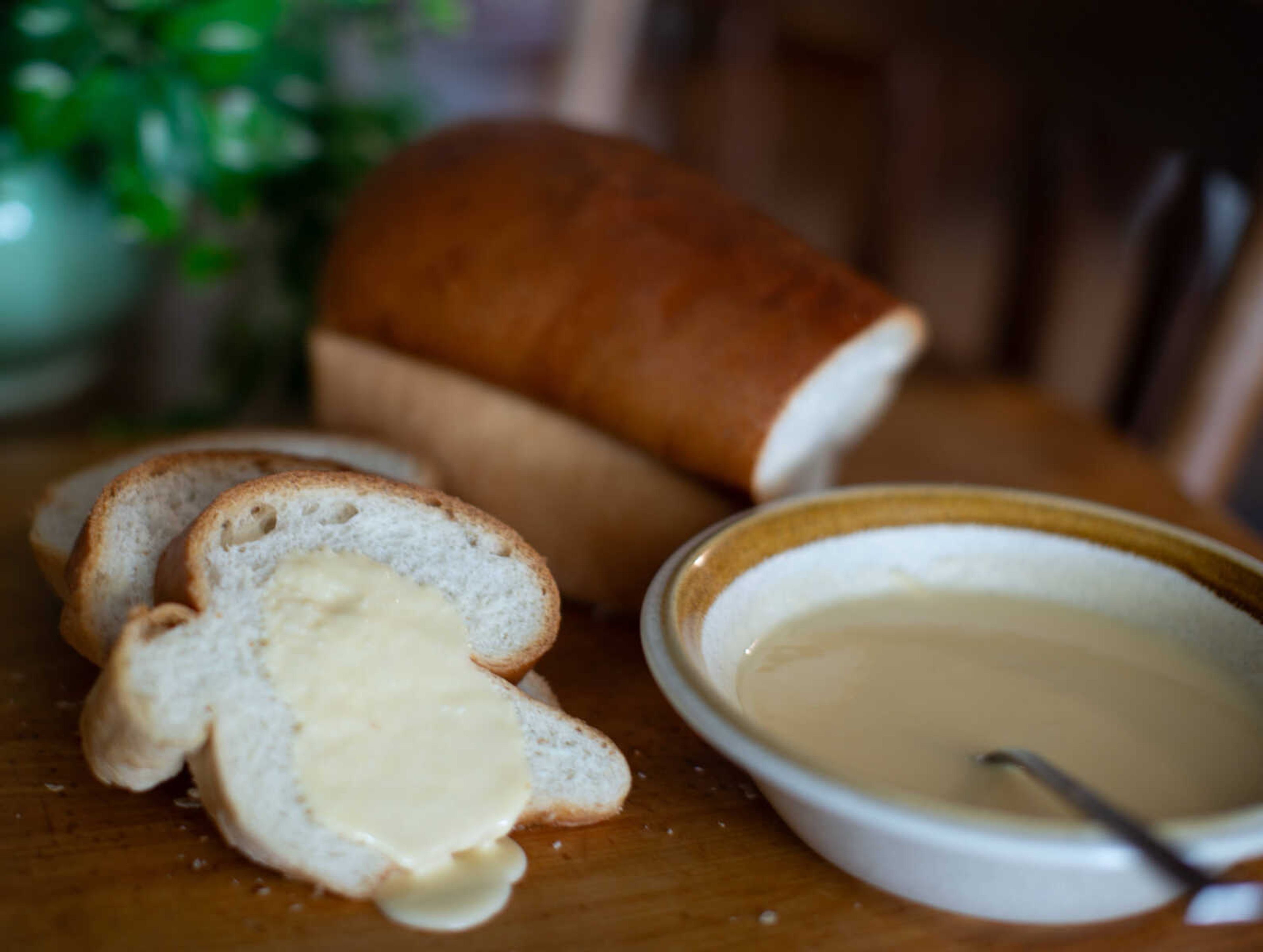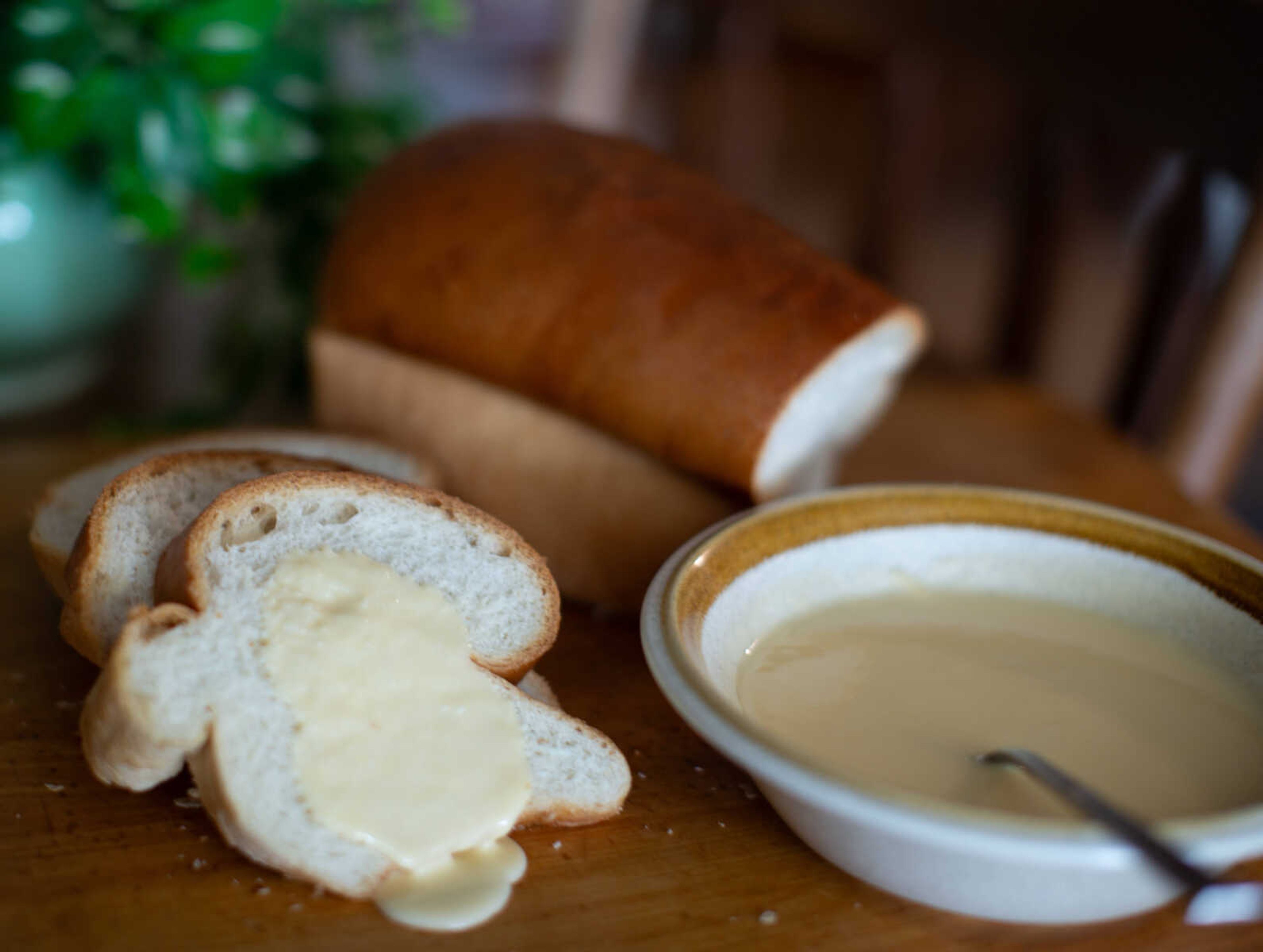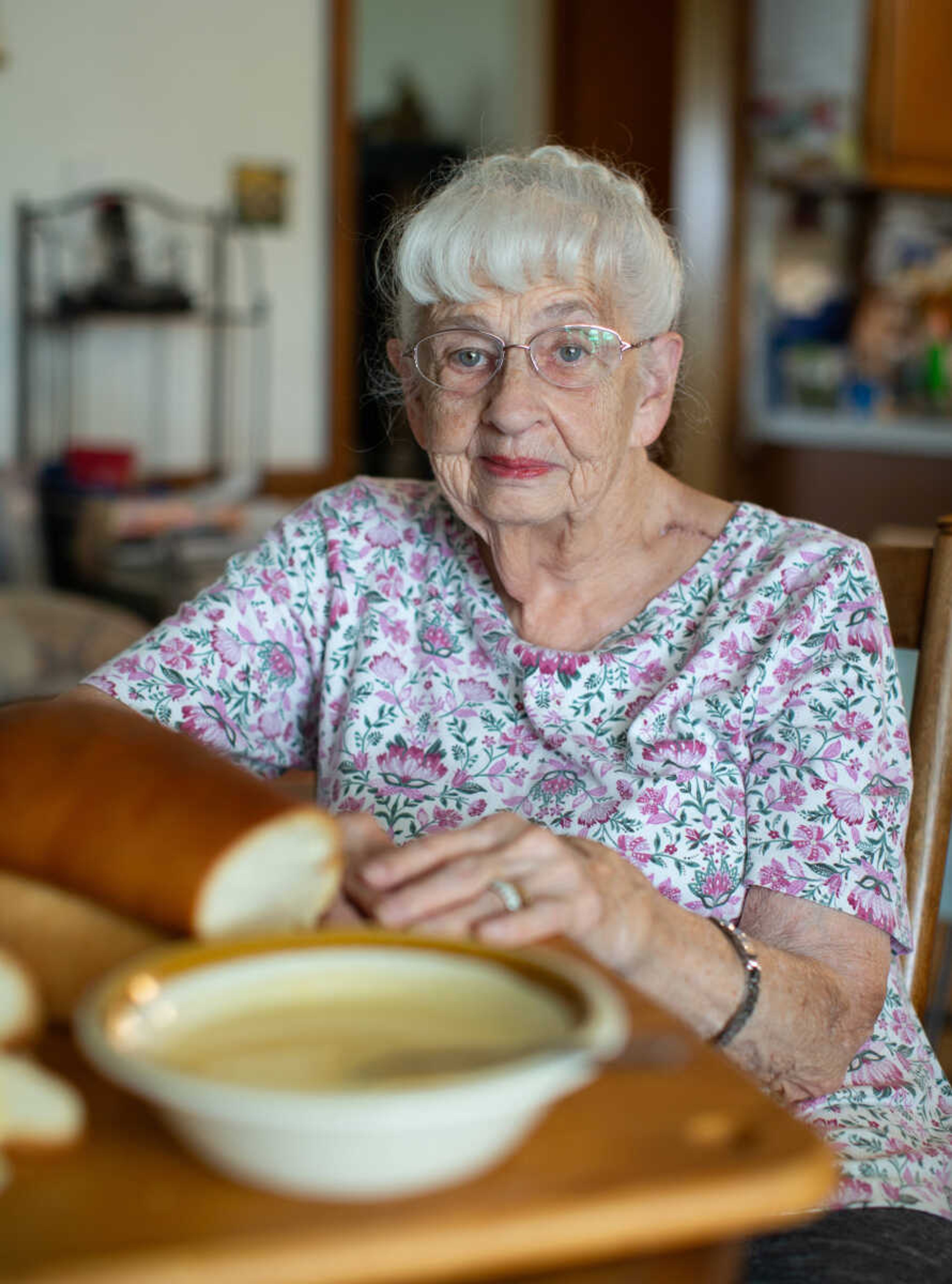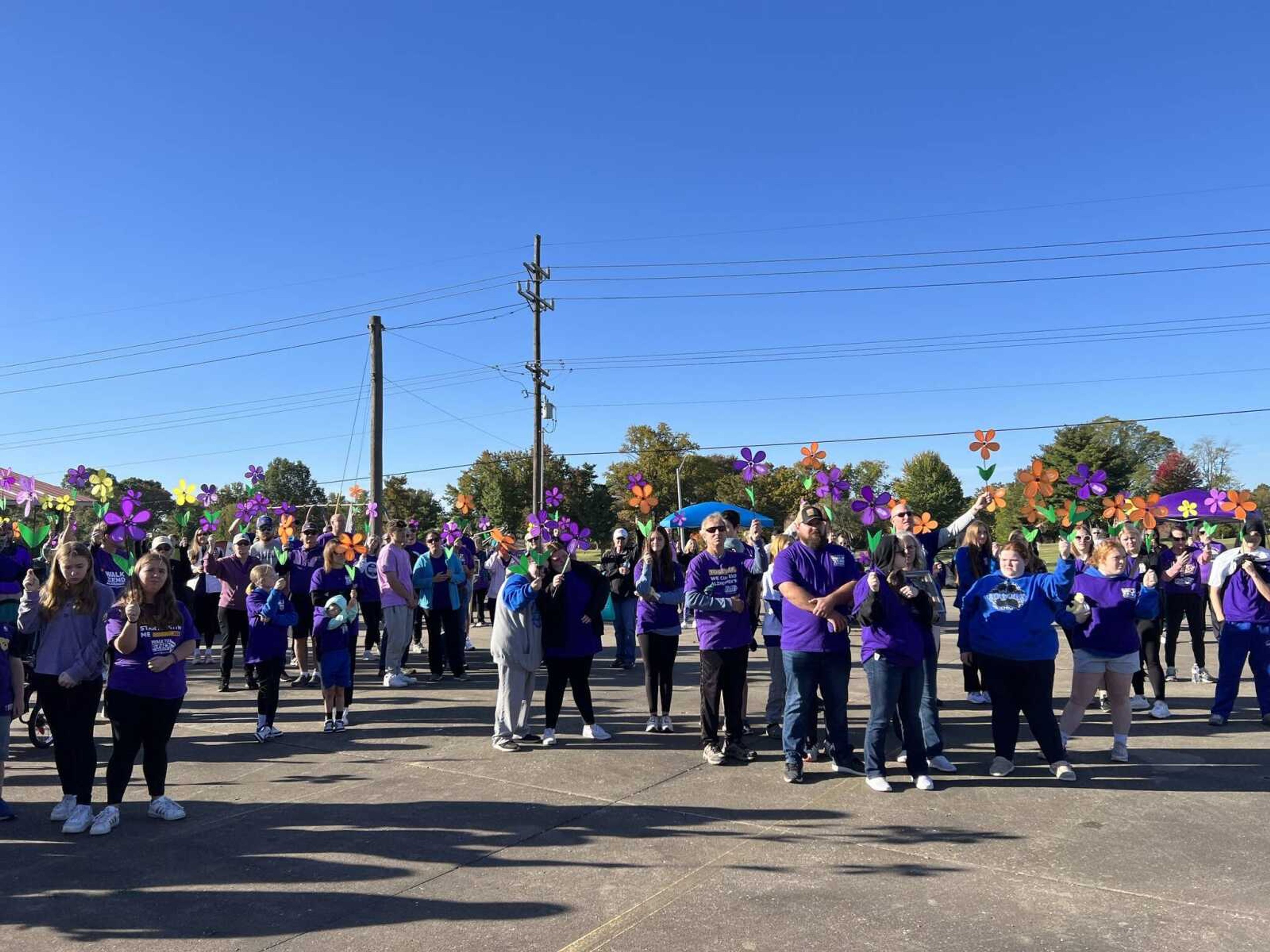Community Cookbook: Cooked Cheese, by Rosemary Berry from Fruitland
Recipes tell the stories of communities and the people who shape them. Each recipe is more than a list of ingredients and steps; it is a written legacy of the individual who created the dish, their family and history. This monthly series highlights one of these legacies and gives readers the chance to create the recipe themselves...
Recipes tell the stories of communities and the people who shape them. Each recipe is more than a list of ingredients and steps; it is a written legacy of the individual who created the dish, their family and history. This monthly series highlights one of these legacies and gives readers the chance to create the recipe themselves.
Rosemary Berry says it’s been an “interesting life.” She was raised in Sedgewickville, Mo., but as the wife of an Air Force pilot, she lived all over the United States. The list of places she has called home includes Greenville, S.C.; Tacoma, Wash.; Marietta, Ga.; Dover, Del.; and Charleston, S.C.
Rosemary also lived in Japan for three years on a United States military base between Tokyo and Yokohama — where two of her four sons were born. While there, she made two silk brocade dresses, and she learned how to say, “How much is it?” in Japanese.
She met her husband Irving Berry while attending Southeast Missouri State University. Irving grew up on a dairy farm in Long Island, N.Y., but he was in Malden, Mo., for pilot training when he was set up on a blind date with Rosemary.
“Anyway, we went on a blind date, and people would ask, ‘Well, was he perfect?’ I said, ‘We’re still working on that,” Rosemary says.
In college, Rosemary majored in mathematics with minors in physics, chemistry and biology. She says she liked physics a lot better than chemistry. After college, she married Irving and started moving around the country and world.
Wanting a place where they could settle down eventually, Rosemary and her husband bought a farm in Fruitland that included an old farmhouse built in 1904 with no running water. They originally planned on renovating the home, but when Rosemary saw daylight leaking through the corner of the kitchen wall, she said, “I don’t think so.” Her husband spent the month before he left for his military service in Vietnam tearing down the house while Rosemary drew up house plans.
At the time, she said it was difficult to find a house with four bedrooms, so she simply designed it herself.
“That was my occupation while he was in Vietnam — I built a house,” Rosemary says.
After Berry’s husband retired from the Air Force as a major, they moved back to their custom-built farmhouse in Fruitland and started raising cattle. At one time, Rosemary says they had 150 cows, which they raised for dairy and meat. Rosemary says her mother would tell people, “We sent her to college, and she’s milking cows.” Rosemary says she was actually “never really good” at milking cows. She preferred gardening and canning, and kept busy cooking food for her husband, four sons and one daughter.
“Those boys ate a lot, as you can imagine,” Rosemary says.
All of the food Rosemary fed her family came from their farm: meat, dairy, fruit and vegetables. She made homemade pies with the cherries and apples that grew on their farm in Fruitland or on their second farm north of Daisy. She says she’d often bake six loaves of bread at a time or can 60 quarts of green beans.
Back then, Rosemary also made homemade cottage cheese from their cows’ milk and used it to make cooked cheese, a recipe she says she’s only seen in Southeast Missouri.
“It was probably a German [recipe],” Rosemary says. “Back then, everyone had a cow, and they milked and made cottage cheese. … In the old original [cooked cheese] recipe, you added an egg and a cup of milk. I tried it, and I couldn’t believe it. It’s very much like American cheese.”
Cooked cheese was an easy way to make spreadable, creamy cheese out of cottage cheese. In today’s recipes, instead of using eggs and milk, Rosemary says people add melted Velveeta or American cheese and butter to the fermented cottage cheese. When simmered and stirred, this creates a smooth cheese often served on homemade bread.
In the past, Rosemary has made large pots of cooked cheese for St. John’s United Church of Christ’s sausage supper. She says their church is one of the only churches that still serves cooked cheese and homemade bread.
Although she’s lived all over the world, Rosemary enjoys where she currently lives. As one of her sons told her, “Where else would Berrys live, except in Fruitland?”


__Cooked Cheese__
From St. John’s United Church of Christ Recipes and Remembrances Cookbook
Original recipe by Margaret Goodson
1 pound carton creamed cottage cheese
1¼ teaspoon baking soda
¼ pound Velveeta cheese
¼ pound oleo (margarine)
Stir baking soda into cottage cheese and let stand for two hours. Put Velveeta cheese and oleo in top of double boiler. When melted, add cottage cheese mixture. Stir until smooth.
__Notes from Rosemary:__
Keep on medium-low heat. Use a cast iron skillet to hold heat evenly. Cooked cheese can be stored in the refrigerator for months or in the freezer for years.
Learn to make cooked cheese with Rosemary at The Best Years Facebook page.
Connect with the Southeast Missourian Newsroom:
For corrections to this story or other insights for the editor, click here. To submit a letter to the editor, click here. To learn about the Southeast Missourian’s AI Policy, click here.










